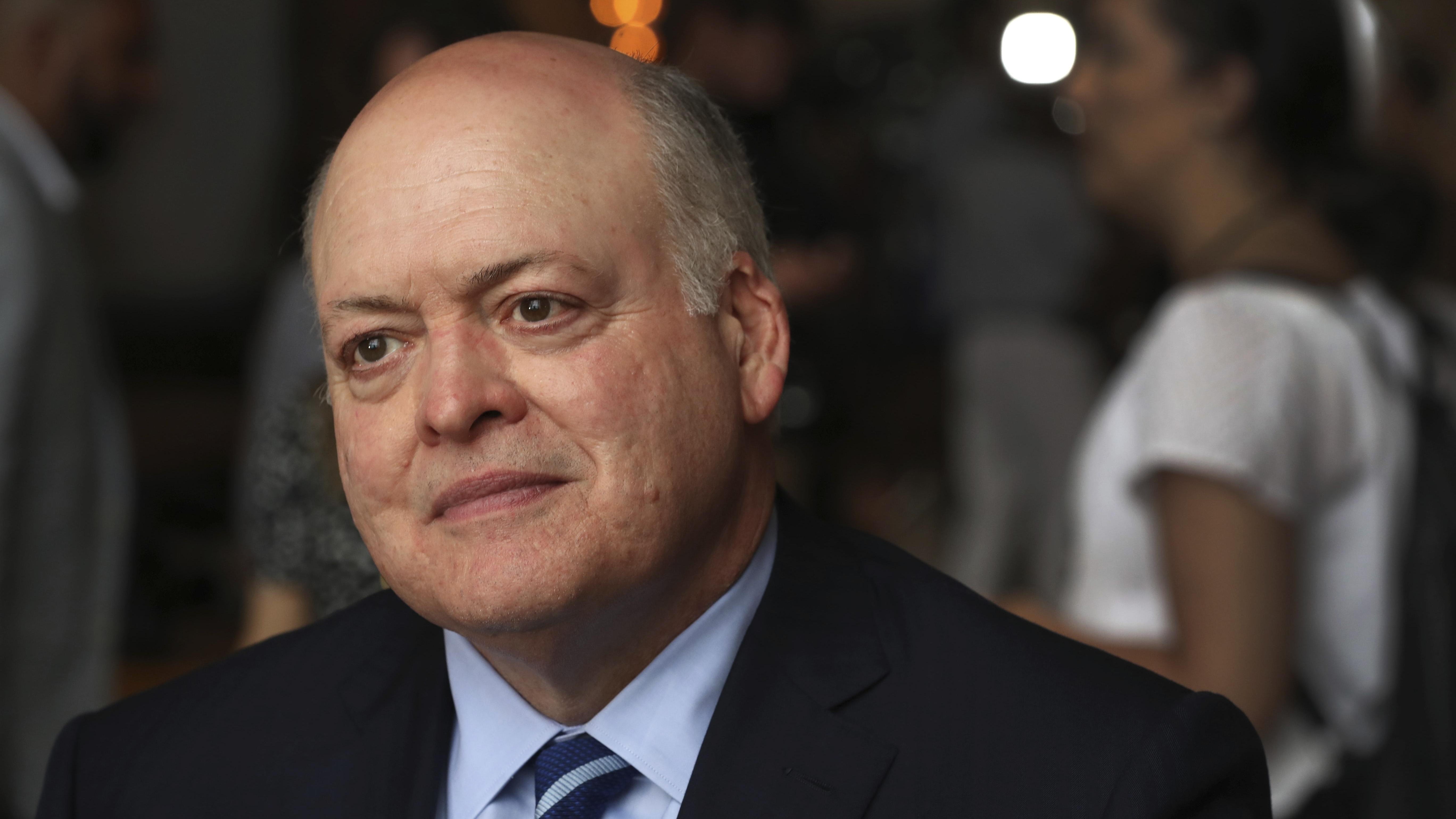Howes: Ford's workout is not like the others and that's the point
 Daniel Howes
Daniel Howes
Ford Motor Co.'s latest restructuring, unspooling in slow motion, ain't like the others — and that's a problem.
Ever since Jim Hackett ascended to a corner office following the unceremonious ouster 17 months ago of Mark Fields, the Blue Oval's top executive spurned industry tradition. He promised "fitness" for Ford's sprawling engineering, marketing and manufacturing operations. He deferred giving details to Wall Street. He sounded more professorial than like the CEO of an American icon.
All of which poses two uncomfortable questions in Dearborn: does Hackett know what he's doing? And if he does, can he make a decision and move the company from what feels like an endless "we're-thinking-about-it" moment to discernible, quantifiable action? From the outside looking in, answers to both remain unclear.
Now he thinks he has a better idea for restructuring Ford's sprawling white-collar workforce: guided by a team from Boston Consulting, let managers and their employees decide how to "design" (one of Hackett's favorite words) the business in a way that reduces costs, focuses on the right work and builds value by fattening the bottom line.
That's a radical notion in an auto industry built on central control of top-down decision-making. In Auto 1.0, lower-level managers closer to where actual work is done don't make decisions; top executives do. The proposed role reversal challenges employees' long-held assumptions and fuels cynical suspicions of Wall Street hot shots demanding details of tangible job cuts, fatter profit margins and presumably a higher share price.
Doing the same thing over and over again and expecting a different result is the story of Ford restructuring. A new, more enlightened approach may be just what the automaker needs, finally. A harsh truth: the Blue Oval's boom-and-bust cycles of fat profits followed by restructuring have so far failed to deliver sustainable change resulting in consistently higher margins, smarter product plays and lower break-even points.
The dirty little secret of Ford avoiding Chapter 11 and "not taking the money" from the feds in the global financial meltdown is that it managed to sidestep hard decisions its crosstown rivals could not avoid in bankruptcy. Nearly a decade on, the hangover finally is settling in.
The principles underpinning the Ford restructuring are straightforward, according to senior executives: flatten the organization by removing layers of management; give managers more authority to make decisions; demonstrate a bias for lean operations; decide what skills are needed now and for the future — and which aren't.
The process takes more time, exactly what outsiders on The Street and in the media assume Ford does not have. But reality suggests otherwise: Ford's buoyant F-Series truck and SUV business is keeping the bottom line black. It's buying Hackett and his team time to get their restructuring right.
And record low unemployment, quickening economic growth and increasing clarity on trade and emissions regulations are combining to keep the nation's economy on a growth trajectory — all bulwarks of the robust, if aging, auto cycle needed to help deliver Hackett's vision of a fitter, more future-focused Ford.
"The company does have a lot of cash," investor Jim Cramer said Monday on CNBC. "But the problem here is they have to close everything that they're not profitable in. Ford has to become a small company. In the New Economy, Ford's not working. So I say, 'Don't buy Ford.'"
Overwrought? Probably. Representative of a strain of criticism out there? Absolutely. Nearly a decade of expanding sales and record or near-record profits are necessary, but not sufficient, to alter revert-to-the-mean sentiment on an Old Detroit player like Ford.
The automaker's deepest cuts are likely to come in Europe and South America, where chronic underperformance is forcing a reappraisal that includes deepening partnership talks with Volkswagen AG. The discussions, potentially a revived version of their aborted Autolatina SA venture in the late 1980s to mid '90s, are expected to focus on commercial vans and small cars.
Any expectation that Ford could execute a global restructuring without impacting significantly its 86,000-person workforce in the United States is proving worthy of outside skepticism — as company executives last Friday confirmed. That’s because it defies the industry’s long record of restructuring, typically synonymous with voluntary buyouts, involuntary layoffs and plant closings.
North America is the only region in the company delivering solid, if slightly disappointing, margins this year. And belt-tightening has been a part of the plan Hackett inherited when he arrived in the c-suite in May 2017. The automaker cut 1,400 salaried workers in the U.S. last year through early retirement and buyout options.
You can bet there will be more who will find themselves on the outside looking in, even as the company uses the reappraisal to justify hiring fresh outside talent. That's how these restructurings work, no matter what the brass calls them.
daniel.howes@detroitnews.com
(313) 222-2106
Daniel Howes’ column runs Tuesdays, Thursdays and Fridays. Follow him on Twitter @DanielHowes_TDN, listen to his Saturday podcasts, or catch him 3 and 10 p.m. Thursdays on Michigan Radio’s “Stateside,” 91.7 FM.